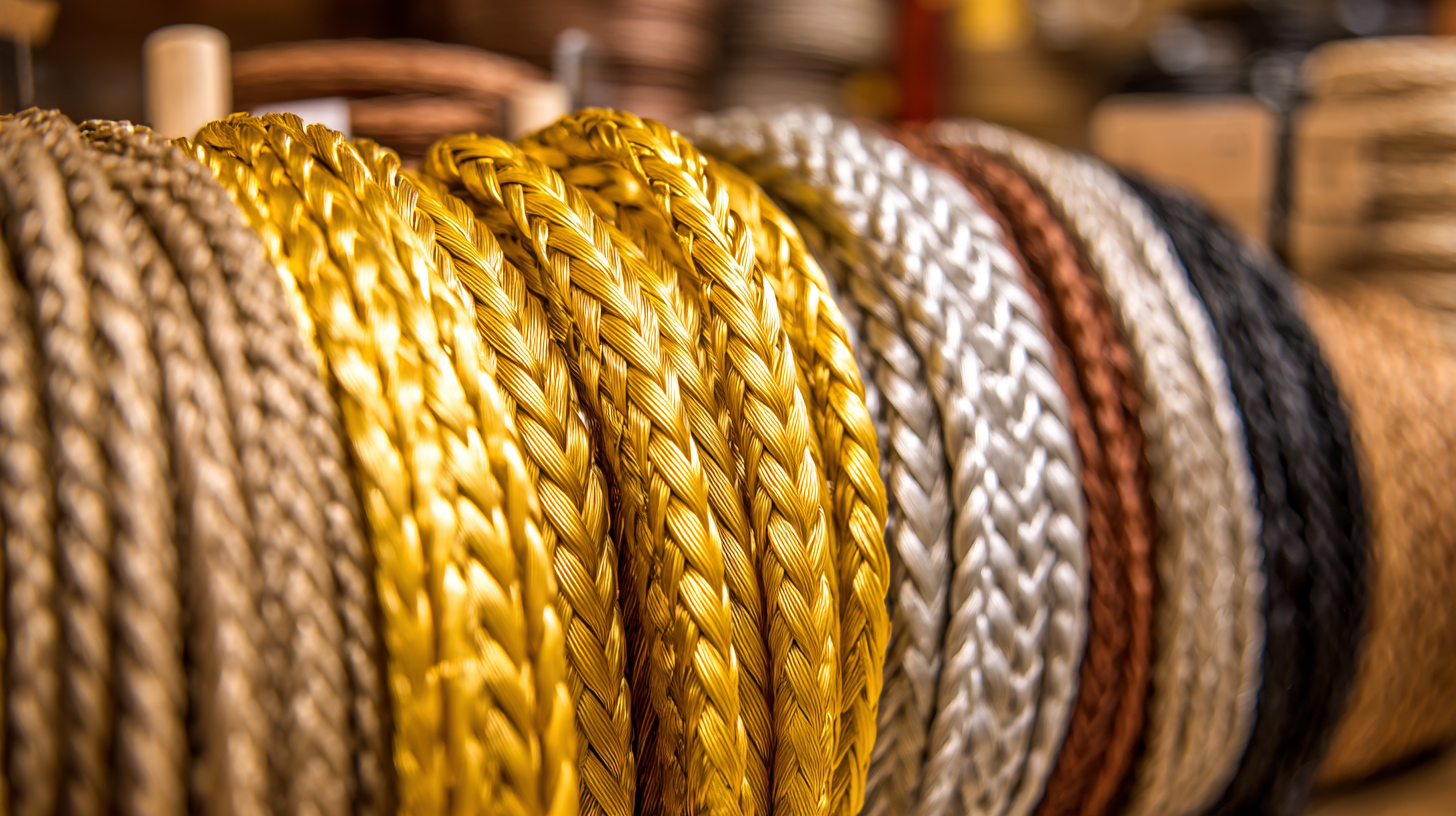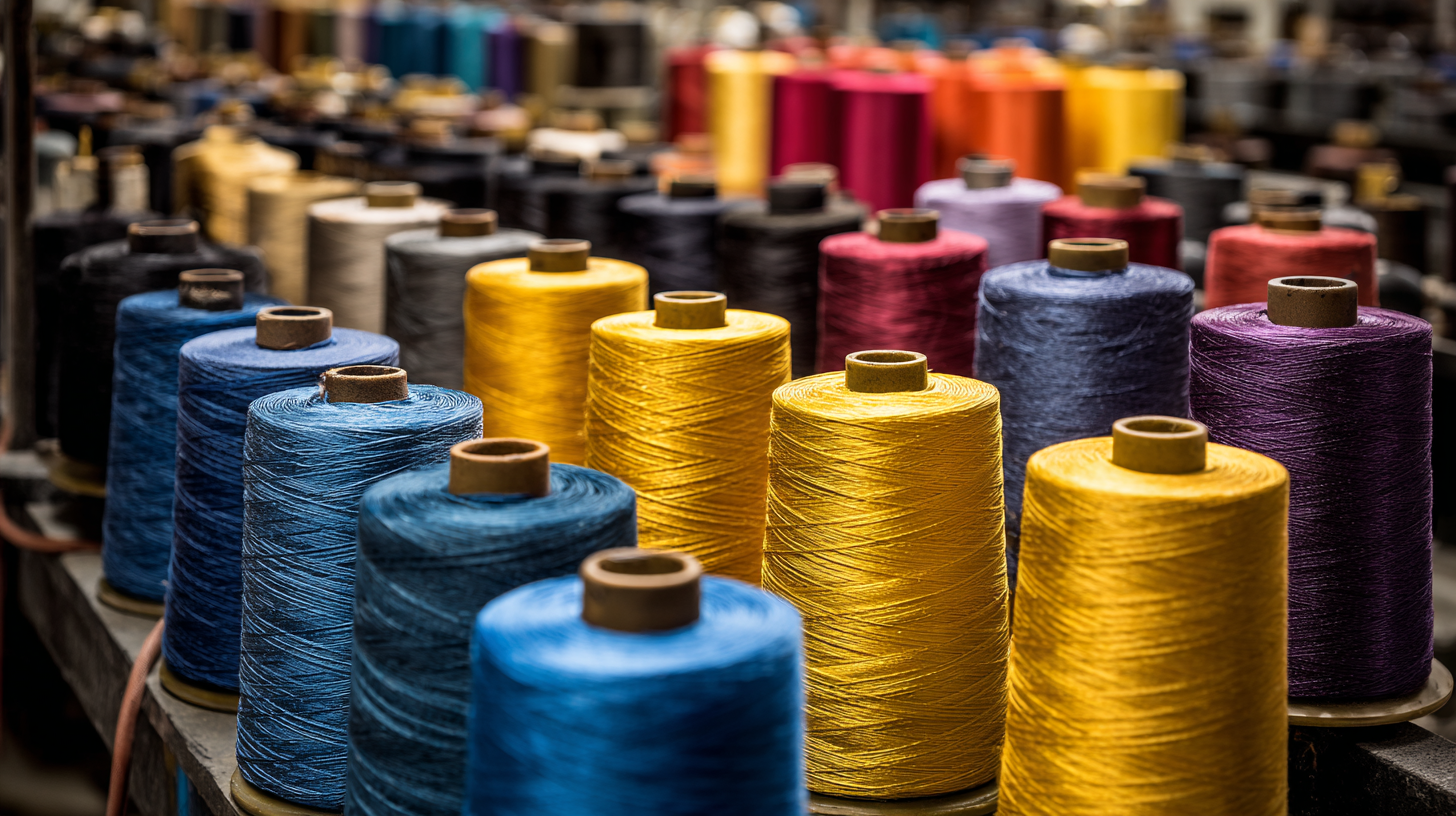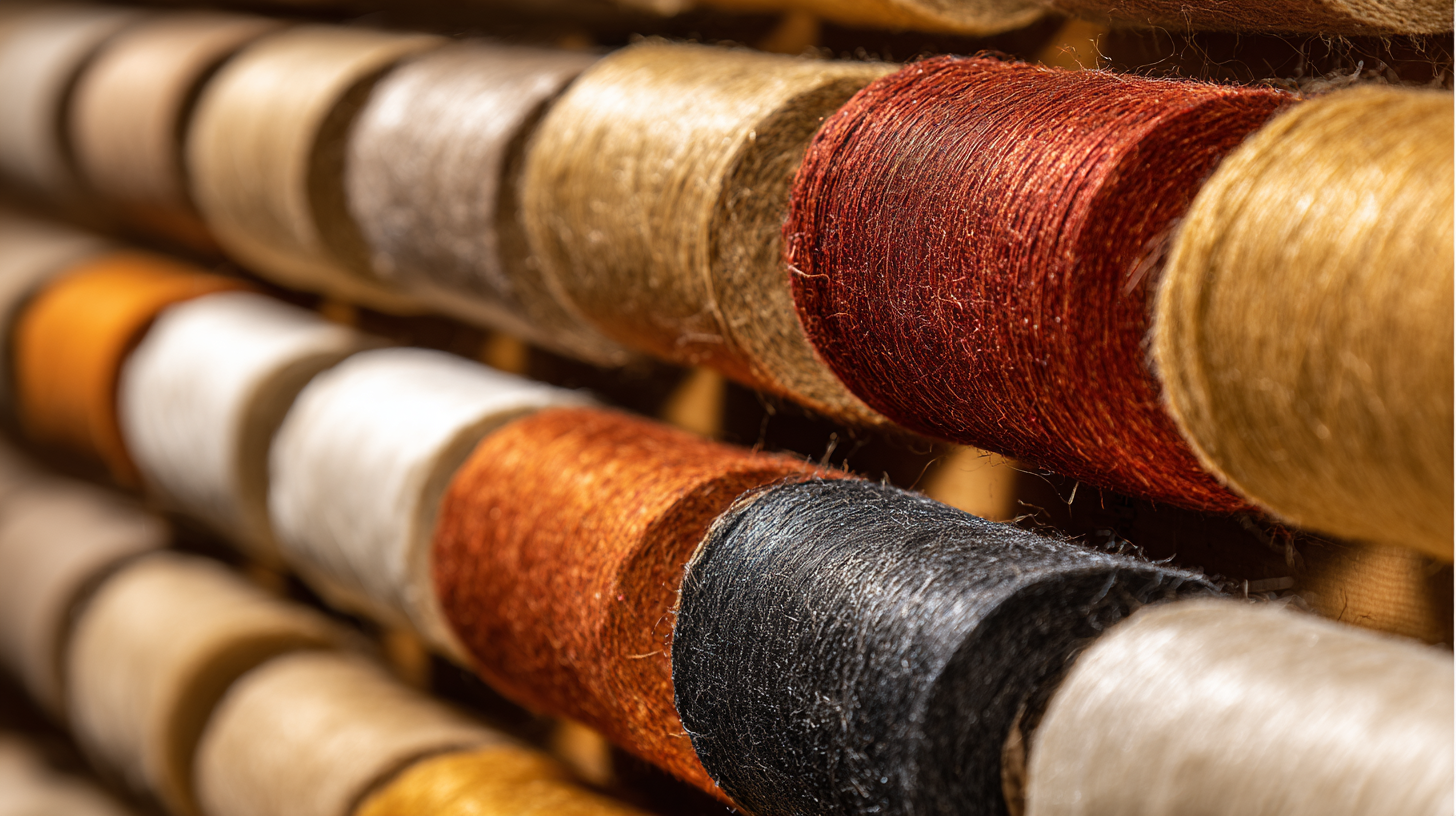
-
Home
-
Products
-
About Us
-
News
-
Blog
-
Video
-
Contact
Leave Your Message

In today's competitive market, the selection of the right Aramid Fiber Products is crucial for industries ranging from aerospace to automotive and beyond. With the global aramid fiber market projected to reach USD 6.74 billion by 2025, it is evident that the demand for high-performance materials is on the rise. Aramid fibers, known for their exceptional strength, heat resistance, and lightweight properties, are increasingly being utilized in applications that require durable and reliable solutions.

However, navigating the vast array of available products can be challenging. To aid in making informed decisions, we've compiled a checklist of seven expert tips that will guide you through the selection process, ensuring that the Aramid Fiber Products you choose align perfectly with your specific requirements and applications.
When selecting aramid fiber products, it is essential to understand the diverse types available in the market to make the best choice for your specific requirements. The aramid fiber market is projected to reach a substantial USD 7.6 billion by 2028, reflecting the growing demand for high-performance materials across various industries. In the U.S., the market size was estimated at USD 823.8 million in 2023 and is expected to grow at a compound annual growth rate (CAGR) of 9.3% from 2024 to 2030. This growth is indicative of the increasing reliance on aramid fibers in applications where strength, durability, and heat resistance are vital.

Different types of aramid fiber products, such as para-aramid and meta-aramid fibers, cater to varying needs. Para-aramid fibers are known for their impressive tensile strength and resistance to abrasion, making them ideal for protective gear and aerospace applications. In contrast, meta-aramid fibers excel in thermal stability and are commonly used in fire-resistant clothing and insulation materials. Understanding these distinctions, combined with recent advancements like the use of cellulose nanofibers in aramid composites, can significantly enhance the mechanical performance of your projects, ensuring that you choose the right product for your needs.
 When selecting aramid fiber products, the first step is to identify your specific needs, including performance criteria and application requirements. Understanding the environment in which the material will be used is crucial. For instance, if your application involves high temperatures, seeking aramid fibers like Kevlar that offer superior thermal stability will be essential. Make a list of the conditions your product will face, such as exposure to chemicals, abrasion, or moisture, to ensure compatibility.
When selecting aramid fiber products, the first step is to identify your specific needs, including performance criteria and application requirements. Understanding the environment in which the material will be used is crucial. For instance, if your application involves high temperatures, seeking aramid fibers like Kevlar that offer superior thermal stability will be essential. Make a list of the conditions your product will face, such as exposure to chemicals, abrasion, or moisture, to ensure compatibility.
Next, consider the mechanical properties that are important for your application. Aramid fibers are known for their strength-to-weight ratio, so focus on tensile strength, modulus, and impact resistance. Tip: Conduct a thorough comparison of different aramid products, as they come in various grades tailored for specific applications. Don't hesitate to reach out to suppliers for samples; testing materials in real-world conditions can provide insights that specifications alone may not offer.
Finally, think about the long-term performance of the aramid fiber in your application. Consider factors such as durability and age resistance. Tip: Consult with industry experts who can provide guidance on the best products based on their experience. Their insights can direct you toward solutions that not only meet immediate needs but also provide reliability over time.
When selecting aramid fiber products, evaluating quality is paramount. Key features to consider include tensile strength, resistance to heat and chemicals, and durability. According to a report by Research and Markets, the global aramid fiber market is projected to reach approximately $5.9 billion by 2026, driven by the increasing demand in automotive and aerospace sectors. This highlights the need for robust aramid products, which can withstand extreme conditions while maintaining structural integrity.
Another important aspect is the fiber's modulus of elasticity, which indicates its ability to retain shape under stress. High-performance aramid fibers, such as Kevlar, boast a tensile strength of up to 3,620 MPa, making them ideal for applications ranging from personal protective equipment to industrial materials. Moreover, understanding the manufacturing processes, such as the type of spinning and application techniques, can provide insights into the potential performance of these fibers. By prioritizing these critical features, you can ensure that the aramid fiber products you choose meet specific performance standards tailored to your needs.
| Feature | Description | Importance | Tip |
|---|---|---|---|
| Strength-to-Weight Ratio | Indicates how strong the material is relative to its weight. | High importance | Choose products with a high ratio for optimal performance. |
| Temperature Resistance | Ability to withstand extreme temperatures without degradation. | Very high importance | Assess the operational temperature range of your applications. |
| Chemical Resistance | Resistance to various chemicals and solvents. | Moderate importance | Verify compatibility with chemicals in your environment. |
| Abrasion Resistance | Resistance to wear and tear from friction. | High importance | Select materials specifically designed for high abrasion environments. |
| Flexural Modulus | Measure of stiffness and deformation under load. | Moderate importance | Higher values typically lead to better rigidity. |
| Fiber Orientation | Directional strength due to the alignment of fibers. | High importance | Choose products with fibers oriented in direction of stress. |
| Weight | Total weight of the aramid fiber product. | Moderate importance | Evaluate weight versus strength for your application needs. |
When it comes to selecting aramid fiber products, understanding the balance between price and performance is crucial. Aramid fibers, known for their exceptional strength and heat resistance, come in various grades and formulations, which can significantly affect their cost. The challenge lies in evaluating whether a higher price translates into better performance for your specific applications. For instance, while some premium aramid fibers might boast superior tensile strength and durability, budget-friendly options may still meet adequate requirements for less demanding environments.
Conducting a comparative analysis involves assessing the specific needs of your application alongside the performance capabilities of available products. For some users, the additional investment in high-performance aramid fiber could result in long-term savings when it comes to durability and maintenance. On the other hand, organizations with strict budget constraints might find that mid-range options offer a satisfactory performance level without the premium cost. Ultimately, it's essential to conduct thorough research and possibly seek expert advice to make an informed decision that aligns price with the expected performance for your needs.
When sourcing aramid fiber products, identifying reliable suppliers is crucial, as the quality of these materials can significantly impact the end application, whether it be in aerospace, automotive, or personal protective equipment. According to a report by Market Research Future, the global aramid fiber market is projected to reach approximately $18 billion by 2023, growing at a CAGR of over 10%. This growth underscores the increasing demand for high-performance materials, making the selection of a trustworthy supplier even more vital.
To ensure you partner with a reputable supplier, consider evaluating their certifications and industry standing. Look for suppliers who adhere to international standards such as ISO 9001, which guarantees consistent quality management systems. In addition, attending industry trade shows and networking events can provide firsthand insights into potential suppliers’ offerings and reliability. Reports from industry analysts also indicate that established suppliers often have a proven track record in terms of delivery times and customer service, making them a safer bet for long-term partnerships. By leveraging these sourcing strategies, you can more effectively navigate the aramid fiber landscape and secure products that meet your specific needs.